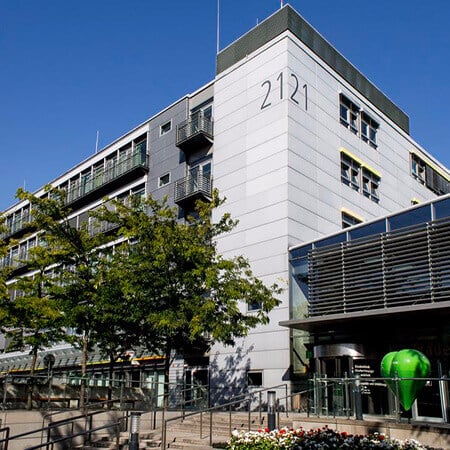About the disease
Gynecomastia is a condition that causes the breast tissue in men to become enlarged. This condition is very common and often resolves on its own if it develops during puberty. In fact, according to the WebMD, 70% of all young boys experience some sort of breast tissue enlargement at this stage in their lives. This can be explained by the fact that boys undergo natural changes due to the female hormone estrogen, which is also present in males.
Changes in levels of testosterone (a male hormone) also affect the growth of breast tissue in men. Gynecomastia is sometimes observed in newborn babies, due to estrogen being passed to them from their mothers during the prenatal development stage.
When gynecomastia develops in middle-aged or older men, it is not a natural process. Estrogen levels can fluctuate for a number of reasons. Drugs are among the most common causes of hormonal estrogen elevation. For example, anti-anxiety medicine, antibiotics, heartburn and other heart medicines can cause gynecomastia. Certain steroids, marijuana and excessive alcohol consumption can shift the hormonal level of estrogen as well. Class A illegal drugs such as heroin also have gynecomastia as one of their many side effects.
Generally, gynecomastia only causes a slight increase in breast tissue size. Rather, men may notice a firm, rubbery mass forming under the nipple.
Symptoms
- Hard mass under the nipple
- Fluid discharge from the nipple
- Slight enlargement of the breast tissue
- Mood swings
- Changes in behavior
Diagnosis
- During a general examination, the doctor will feel the patient’s lymph nodes to see if they are enlarged and will find out if any pain can be felt in the nipple area.
- A blood test will be performed in order to measure the patient’s hormonal levels and determine whether estrogen levels are high. Other hormones may be checked as well, to rule out the possibility of glandular problems.
- A mammogram, which is a breast imaging test, may be performed to rule out the possibility of malignancy. (It needs to be said that cases of gynecomastia becoming malignant are extremely rare.)
Treatment
- Conservative treatments, such as hormone regulating drugs, are usually enough to normalize the patient’s breast tissue.
- Liposuction, a surgical procedure whereby excess fat is sucked out of the breast tissue, may also be performed to reduce its size. The nipple may be repositioned during this surgery as well.
Authors:
This article was edited by medical experts, board-certified doctors Dr. Nadezhda Ivanisova, and Dr. Bohdan Mykhalniuk. For the treatment of the conditions referred to in the article, you must consult a doctor; the information in the article is not intended for self-medication!
Our editorial policy, which details our commitment to accuracy and transparency, is available here. Click this link to review our policies.
















